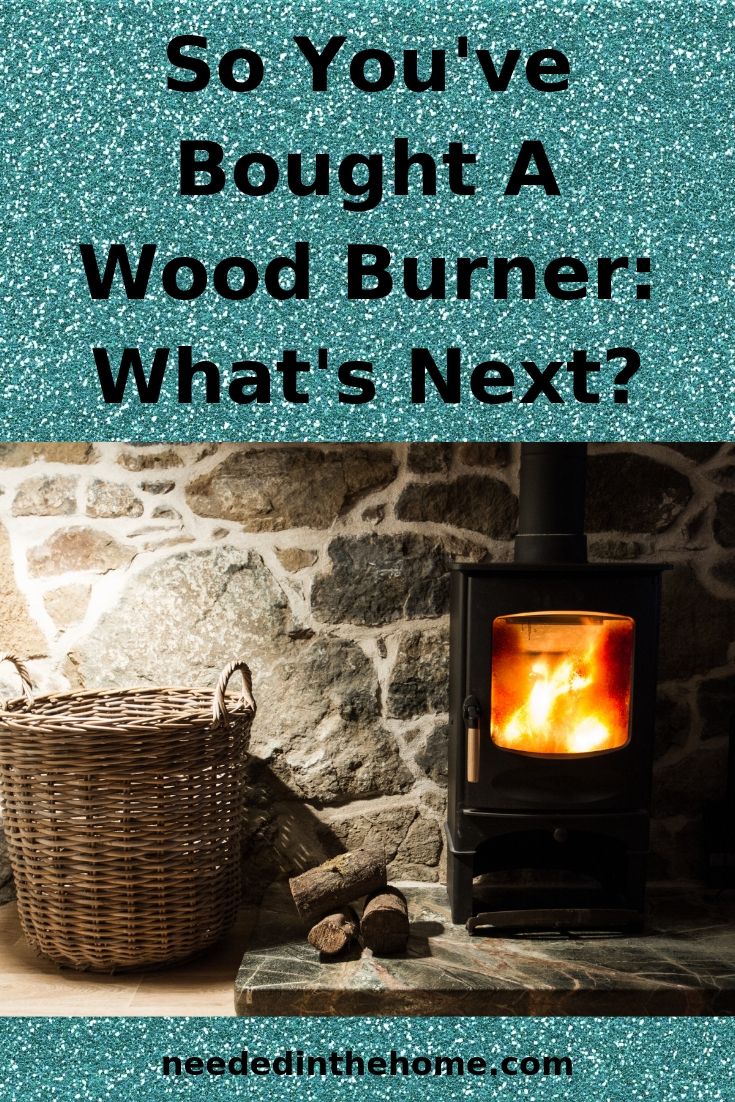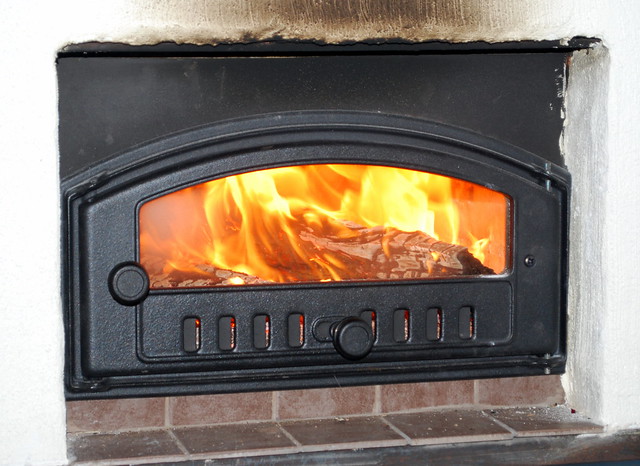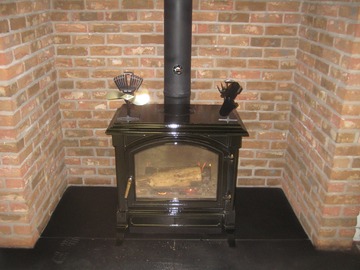Wood burners are becoming increasingly popular in family homes. Not only does a wood burner provide heat, but it also looks great, reminding homeowners of the cozy nights that they spent next to the fire when they were kids.
Note: Some links in this post are affiliate links, which means I receive a commission if you make a purchase. Affiliate relationships include, but are not limited to Amazon Associates, Walmart.com, and Etsy.
Wood burners, however, are a little trickier to own than regular gas or electric heaters. For starters, they run on logs, not gas or electricity piped into the house from the mains. And they give off more waste products in the process of generating heat energy which you have to deal with somehow. Then there are the issues that have to do with the sheer quantity of smoke emitted by many of these devices, and the difficulty controlling the temperature once you set them off. They’re also more expensive. Hassle!
If you’ve bought a wood burner for your living room, what do you need to do next?
Buy Dried Wood
If you’ve got a wood burner, you might be tempted to go out into the backyard, collect a few twigs, and then start burning them for fuel. But by and large, this isn’t a good idea. The reason: wood collected straight from the backyard is likely to have a high moisture content which could damage the internals of your wood burner and your chimney.
Fortunately, you don’t have to chance it with wood from the backyard: today you can buy wood with the optimal moisture content for your particular type of burner. Often this wood comes in the form of pre-chopped chunks, but you can also buy it in special pellets too, designed to fit in your heater. Always ask if the wood has “cured” for at least a year. This is best for burning. If you are planning to cut your own wood, you will want to let it air out and dry for a year. Cover the top with a tarp or keep it inside a shed or building.
Watch Out For Smoke
Wood burners are never going to be as efficient as gas fires, but that doesn’t mean that they should be billowing out smoke into your living space. If they are, then you’ve got a problem on your hands.
The most likely cause, according to Capitol Chimney, is a blocked chimney. Wood burners, like traditional fireplaces, need a vent for exhaust. But over time, a residue can build up on the inside of the stack, leading to blockages and a potential fire risk.
The solution? Hire a chimney sweep to deal with the problem. Or schedule regular cleanings with someone at the business you purchase your wood heater from.
The other reason for smoke comes back to the first point we discussed: burning wood that is too “green” and not “cured” enough. Check the manufacturer specifications before adding wood.
Regularly Clean The Inside Of The Burner
Wood burners don’t burn cleanly, and there’s nothing you can do about it. It’s just what happens when you use fuel like wood. The problem with this is that a thick deposit called creosote can build up on the interior of the burner walls over time. Creosote is a flammable substance that can ignite and burn uncontrollably under the right conditions.
The solution is to regularly brush out the inside of your burner. You can pay someone to do this and watch carefully how it is done in case you do it yourself next time.
A well-maintained wood burner can be a tremendous stylistic addition to your home. Just be aware though, if you do decide to install one, you’ll have to put time or money into maintaining it. It won’t look after itself.
This is a contributed post.
Related
Subscribe so you never miss a post.
If you find my tips useful, feel free to buy me a coffee to support my efforts. Thank you in advance!
Want to remember this? Pin it to your favorite Pinterest Board!
Join the newsletter
Subscribe to receive our latest articles and promotional content by email from NeededInTheHome






Leave a Reply